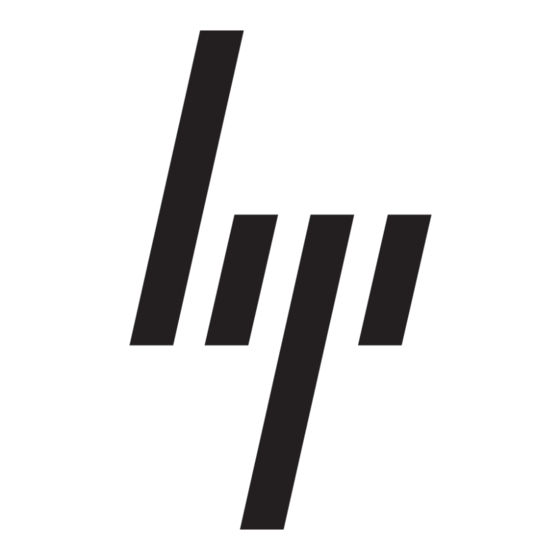HP 153636-001 - NeoServer - 150 Przegląd - Strona 7
Przeglądaj online lub pobierz pdf Przegląd dla Pulpit HP 153636-001 - NeoServer - 150. HP 153636-001 - NeoServer - 150 20 stron. Memory technology evolution: an overview of system memory technologies, 8th edition
Również dla HP 153636-001 - NeoServer - 150: Podręcznik zapobiegania błędom (12 strony), Biała księga techniczna (12 strony), Aktualizacja oprogramowania sprzętowego (9 strony)

Bank interleaving
SDRAM divides memory into two to four banks for simultaneous access to more data. This division
and simultaneous access is known as interleaving. Using a notebook analogy, two-way interleaving is
like dividing each page in a notebook into two parts and having two assistants to each retrieve a
different part of the page. Even though each assistant must take a break (be refreshed), breaks are
staggered so that at least one assistant is working at all times. Therefore, they retrieve the data much
faster than a single assistant could get the same data from one whole page, especially since no data
can be accessed when a single assistant takes a break. In other words, while one memory bank is
being accessed, the other bank remains ready to be accessed. This allows the processor to initiate a
new memory access before the previous access has been completed, resulting in continuous data
flow.
Increased bandwidth
The bandwidth capacity of the memory bus increases with its width (in bits) and its frequency (in
MHz). By transferring 8 bytes (64 bits) at a time and running at 100 MHz, SDRAM increases memory
bandwidth to 800 MB/s, 50 percent more than EDO DRAMs (533 MB/s at 66 MHz).
Registered SDRAM modules
To achieve higher memory subsystem capacity, some DIMMs have register logic chips (registers) that
act as a pass-through buffer for address and command signals (Figure 6). Registers prevent the
chipset from having to drive the entire arrangement of DRAM chips on each module. Rather, the
chipset drives only the loading of the registers on each module. The register on each DIMM re-drives
the address and command signals to the appropriate DRAM chip. Simultaneously, a phase lock loop
chip on the registered DIMM generates a second clock signal that runs synchronously with the system
bus clock. This prevents the system bus clock signal from having to drive all the DRAM chips, and it
allows the addition of more memory modules to the memory bus to increase memory capacity.
Figure 6. Registered DIMMs
7
